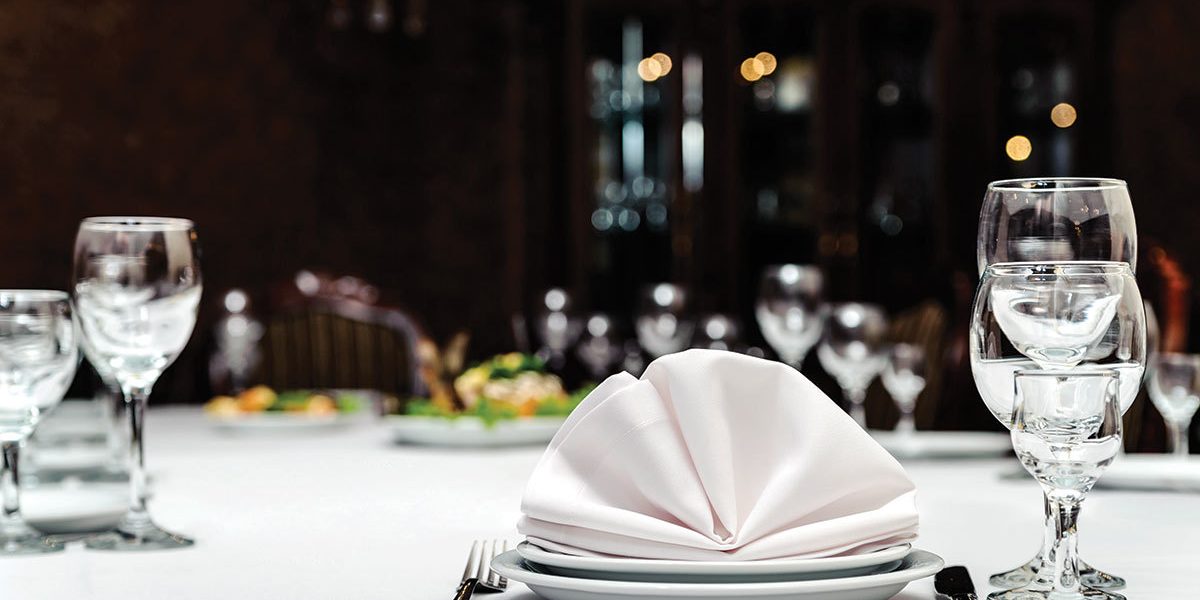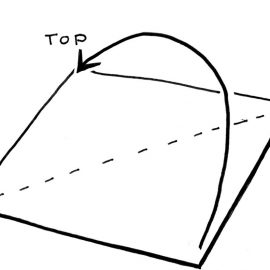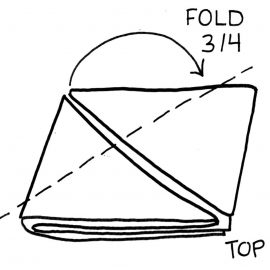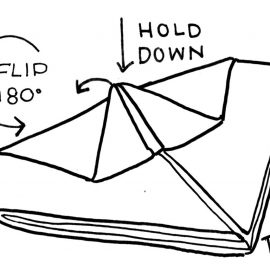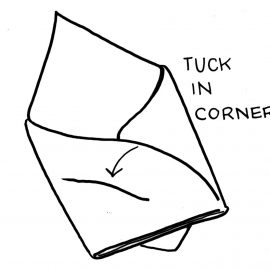Food & Drink
Above the Fold
The Prime Rib shows us how to do napkin origami like a pro.
A pristine place setting can take any fine dining experience to the next level, and nothing says fancy like a finely folded cloth napkin awaiting you at your seat. Though often considered simply a tool to wipe one’s hands, back in the day, table linens were used to create extravagant works of art.
“The 16th and 17th centuries produced some of the most diverse objects of amusement and decoration,” says author Charlotte Birnbaum in her book The Beauty of the Fold, which details the history of napkin crafting.
Beginning in the early 1600s, napkins depicting everything from mythical creatures to architectural shapes began to grace banquet tables throughout Europe. While folding napkins has become a bit of a lost art, Midtown’s swanky steak house The Prime Rib keeps the tradition alive with its signature “fleur-di-lis” fold, which is reminiscent of the medieval symbol commonly associated with the French monarchy.
“There are definitely newer and more complex folds, but these are old-school,” says server Charles Flathmann, who has worked in the service and hotel industry for more than 20 years. “They’re very elegant.”
For the best results, Flathmann advises starting with a starched, square cloth: “A nice cotton linen is really the best,” he says. “Polyester napkins slide, they tend to be really flimsy and give out easily.”
Here, Flathmann shares some tips to transform your dining room napkins from folded cloth to folded art.
The Fleur-de-lis Fold
Illustrations by Heather Hardison
